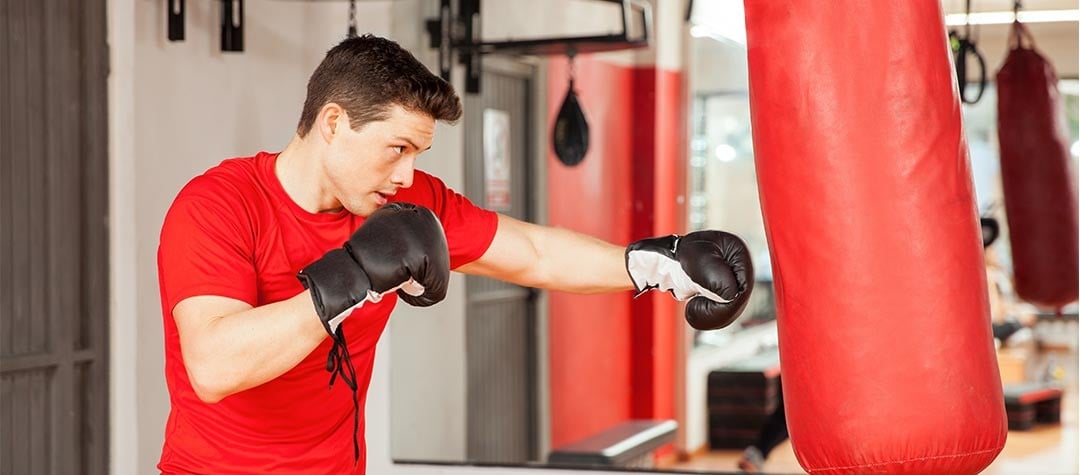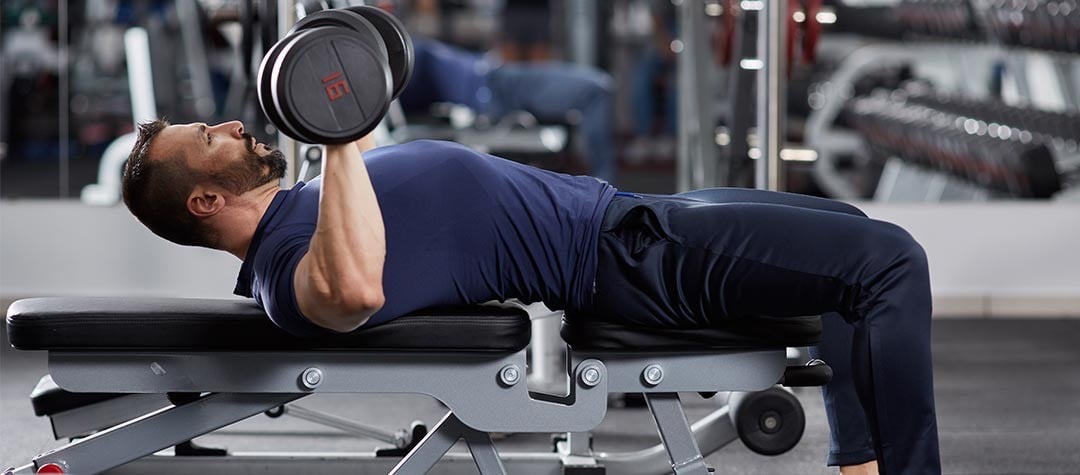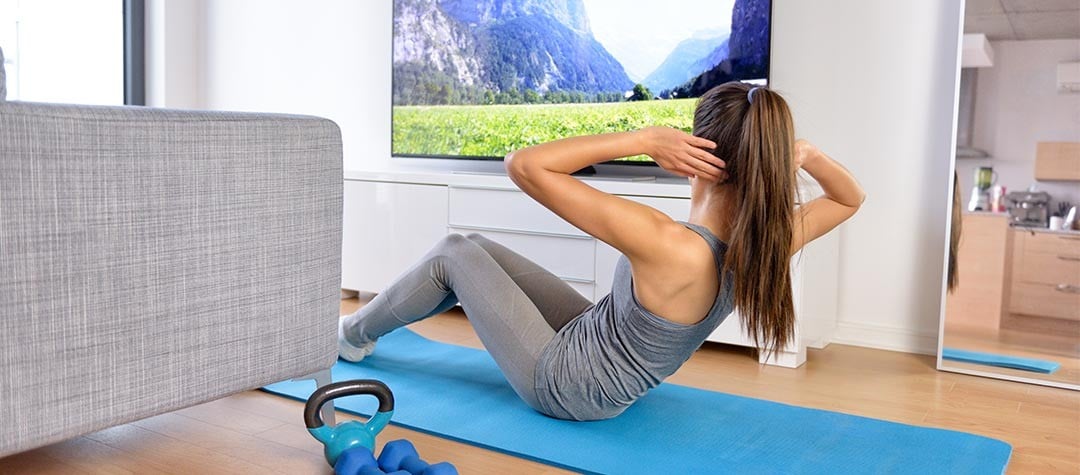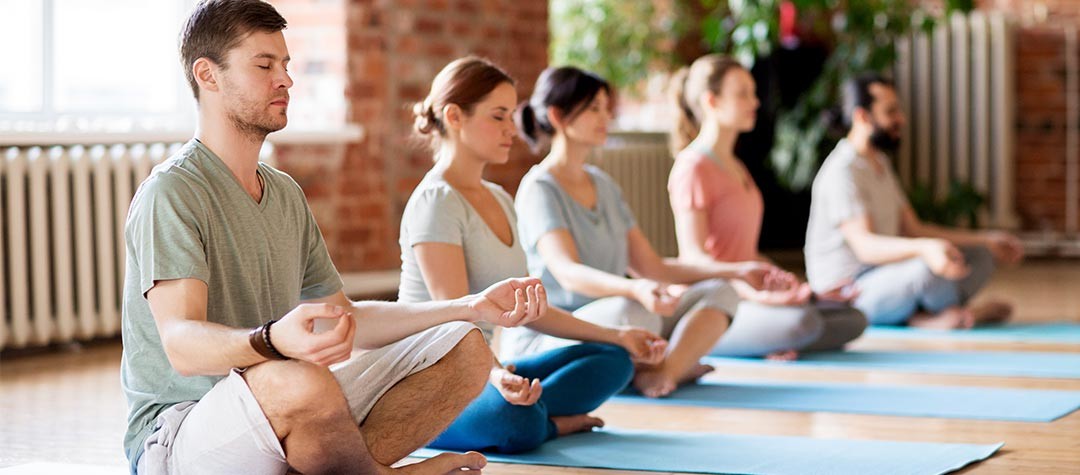If you are looking for a more flexible, strong, capable body and a clear, positive heart and mind then yoga is for you. It’s a great form of exercise that will improve your fitness, as well as aiding your mental well being.
‘Yoga’ is a Sanskrit term meaning ‘to join, unite or yoke together’, and the essential purpose of yoga is to bring together body, mind and spirit into a harmonious whole.
The central methods of yoga are physical postures or ‘asanas’ and movement, breathing techniques or ‘pranayama’ and meditation. Yoga includes guidance on healthy lifestyle, eating habits, mental attitude, and Ayurvedic medicine is also part of the Yogic path to health and balance.
Hatha yoga is the path of physical yoga, which is the most popular branch of yoga in the West. ‘HA’ means ‘SUN’, and ‘THA’, ’MOON’, so Hatha Yoga is the joining, or the yoking together of these different energies in harmonious equilibrium, positive and negative, active and receptive.
The yoga view of the human body
The body in yoga is the vehicle for the development of wisdom, of spiritual awakening, and as such the body is held to be sacred and mastery of our body is considered the foundation for spiritual progress. In yoga we learn a discipline of the body which comes out of awareness and attentiveness, tuning in to our body’s subtle energy flows and the life-giving rhythm of our breathing.
The idea is that through entering more deeply and subtly into our physical experience, we can become more connected with ourselves, more grounded, and less swayed by anxieties or neurotic cravings for things that will not truly satisfy us. This can be a very positive influence on our approach to life, offering an antidote to the alienated rushing and disconnection from ourselves that characterizes much of our modern world.
The origins of yoga
Originating in the ancient East, yoga has gained massive popularity in the modern western world. Its image has evolved from those photos we may have seen of the extraordinary practice of unbelievably flexible cotton-clad ascetics in India, or the seventies hobby of hippy types! Yoga has become part of the chosen lifestyle of thousands of westerners seeking some real balance, health and well-being in their lives.
Experiences of yoga can be close to nature, out of doors or on bumpy ground in large tents with slightly slippy carpets on summer retreats or at festivals. However, it is also common now to see the wonderfully tranquil and well-equipped yoga studios in the towns and cities too.
Yoga teachers seem to be possibly even hipper than DJs these days, making their own tracks by bicycle, scooter, or nippy Mini through city streets from one class to another, taking life at their own chosen pace, holidaying in stunning places, teaching the much-appreciated techniques and principles of yoga to grateful and enthusiastic city dwellers.
There are yoga magazines, gorgeous yoga holidays and a rainbow of great yoga kit you can buy. But when it comes down to it, all you really need to benefit from the ancient wisdom of yoga is your own body, mind and spirit, some self-discipline, and a decent teacher to get you started.
Who can practice yoga?
Everyone can do yoga. There is always a suitable way for an individual to practice yoga: whether they are old or young, injured, fit or unfit, supple or inflexible, male or female. You just need to find the right teacher for you.
Different types of yoga
There are many of different types of yoga and Iyengar, Astanga and Shadow yoga are three of the most well known and widely practiced traditional forms.
All the different types of yoga usually include a basis of postures common to all, but they vary in the style of movement, pace, and the kind of approach. It’s a good idea to start with a well-established style like Iyengar yoga to get a sense of the basics of yoga, so that you can build a foundation of experience from which to explore the many possibilities out there.
However, if you feel particularly drawn to a certain form, try a beginners’ level class and see how you like it! It’s helpful to have a sense of what you want to get out of learning yoga to start with, and then you can check out whether you feel what you’re learning is helping you with that. For example, one person might want yoga that helps release stress and tension, another might want to work with a symptom like backache or stiff shoulders, another might wish for a dynamic workout type class.
Iyengar yoga
B.K.S. Iyengar’s well known school of yoga teaching is renowned for precision and attention to detail. His care for correct alignment in learning yoga postures led him to encourage the use of yoga ‘props’ so that the aspiring Iyengar yogi could get themselves into the best possible pose while minimising risk of injury. Iyengar teachers go through a rigorous two to five year training program to qualify, which makes them a confidence-inspiring choice to begin to learn with. Many yoga teachers developing new styles (such as ‘Shadow Yoga’) have a strong foundation in the Iyengar tradition and have developed different approaches from there.
Astanga yoga
Astanga yoga has gained popularity in recent years. Not for the armchair yogi, in Astanga Yoga the practitioner ‘rides on the breath’ from one pose to another, jumping through a series of poses in a rhythmic flow. Physically demanding, Astanga builds strength, flexibility and stamina. The connection between movement and breath can be both cleansing and invigorating.
Shadow yoga
Shadow Yoga is based upon the ancient Hatha Yoga texts and the view that all fixed forms should be designed to develop the practice of ‘freestyle’. Shadow yoga works to achieve an unobstructed flow of breath in the practitioner through a combination of positions and rhythmical movements, at a more ‘tai chi’ pace than the faster Astanga yoga form. The benefits of yoga
There are many benefits to the ancient practice of yoga both physical and mental, from better posture to greater self acceptance. Here are the main physical and mental benefits of yoga…
Physical benefits of yoga
-
Improved posture
-
Better sleep
-
Increased natural energy level and vitality
-
Greater flexibility, strength and stamina
-
Better balance
-
Stronger immune system
-
Pulse and respiratory rate decreases
-
Blood pressure decreases
-
Cardiovascular efficiency increases
-
Respiratory efficiency increases
-
Cholesterol decreases
-
Cleansing and regulating of all the body’s systems
Mental benefits of yoga
-
Calm and clarity
-
Greater confidence and generally more positive mood
-
Sense of inner well-being and 'centredness’
-
Increased awareness of body and movement
-
Counters depression and anxiety
-
Ability to concentrate improves
-
More self-acceptance
- Increased social skills














